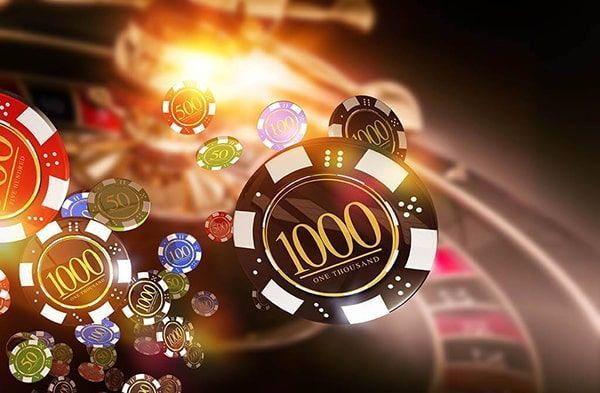Essential Tips for Understanding Casino RTP
Understanding the Return to Player (RTP) percentage is crucial for anyone venturing into the world of online casinos. Taking the time to grasp these metrics can significantly impact your gaming experience. Whether you are a novice or a seasoned player, Tips for Understanding Casino RTP Percentages https://admiralbet-casino.it/ provides resources to deepen your knowledge of RTP and enhance your strategy.
What is RTP?
Return to Player (RTP) is a percentage that indicates how much a player can expect to win back from their total bets over a long period. For instance, a slot machine with an RTP of 96% means that, theoretically, for every $100 bet, the machine returns $96 to players in winnings, with the remaining $4 being the casino’s profit over time. It’s important to note that RTP is calculated over an extended period and many spins, which means your short-term results may differ significantly.
Why is RTP Important?

RTP serves as a guideline to help players gauge their chances of winning over time. Understanding RTP allows players to choose games that suit their risk tolerance and playing style. Slots with high RTP usually return more money compared to those with lower RTPs, making them more appealing for players looking to maximize their potential winnings.
How is RTP Calculated?
The RTP of a game is typically calculated based on extensive testing data and player feedback collected over time. Game developers use simulations that run thousands or millions of spins to establish a reliable RTP value. It’s essential to know that RTP can vary by jurisdiction, as different regions may have varying regulations regarding minimum RTP percentages for games.
Factors Influencing RTP
Several factors can influence the RTP of a casino game, including:
- Game Type: Different types of games have distinct RTPs. For instance, online slots, table games like blackjack, and live dealer games will show varying RTP percentages.
- Volatility: The volatility of a game affects how often players win payouts and the size of those payouts. High volatility games may offer larger payouts but less frequent wins, while low volatility games provide smaller, more frequent wins.
- Bonus Features: Various bonus features can influence RTP. For instance, games with free spins, multipliers, or other bonus rounds can enhance the potential returns but may also increase the house edge.

RTP vs. House Edge
RTP is often compared to the house edge, which represents the casino’s advantage over players. While RTP shows how much money is returned to players, the house edge indicates how much the casino expects to keep from each game. The two figures are inversely related; for example, a game with a 95% RTP will have a 5% house edge. Players should consider both metrics when choosing which games to play.
Tips for Choosing Games Based on RTP
To maximize your gaming experience, it’s essential to choose games wisely. Here are some tips:
- Research Before Playing: Before investing time and money into a game, check its RTP value. Aim for games with an RTP of 95% or higher, as these tend to offer better returns.
- Consider Volatility: Based on your risk tolerance, choose a game with the right volatility level. If you prefer instant gratification, opt for low volatility games. For those looking for larger but less frequent wins, high volatility games may be more suitable.
- Explore Various Game Types: Don’t limit yourself to one type of game. Experiment with slots, table games, and live dealer options to find what you enjoy and what offers the best returns.
Conclusion
Understanding Casino RTP is a vital aspect of becoming a successful player. By prioritizing games with favorable RTP values, considering volatility, and exploring your options, you can enhance your gaming experience and potentially increase your winnings. Remember, gambling should always be approached as a form of entertainment, and understanding RTP is just one of the many tools that can help you make informed decisions.